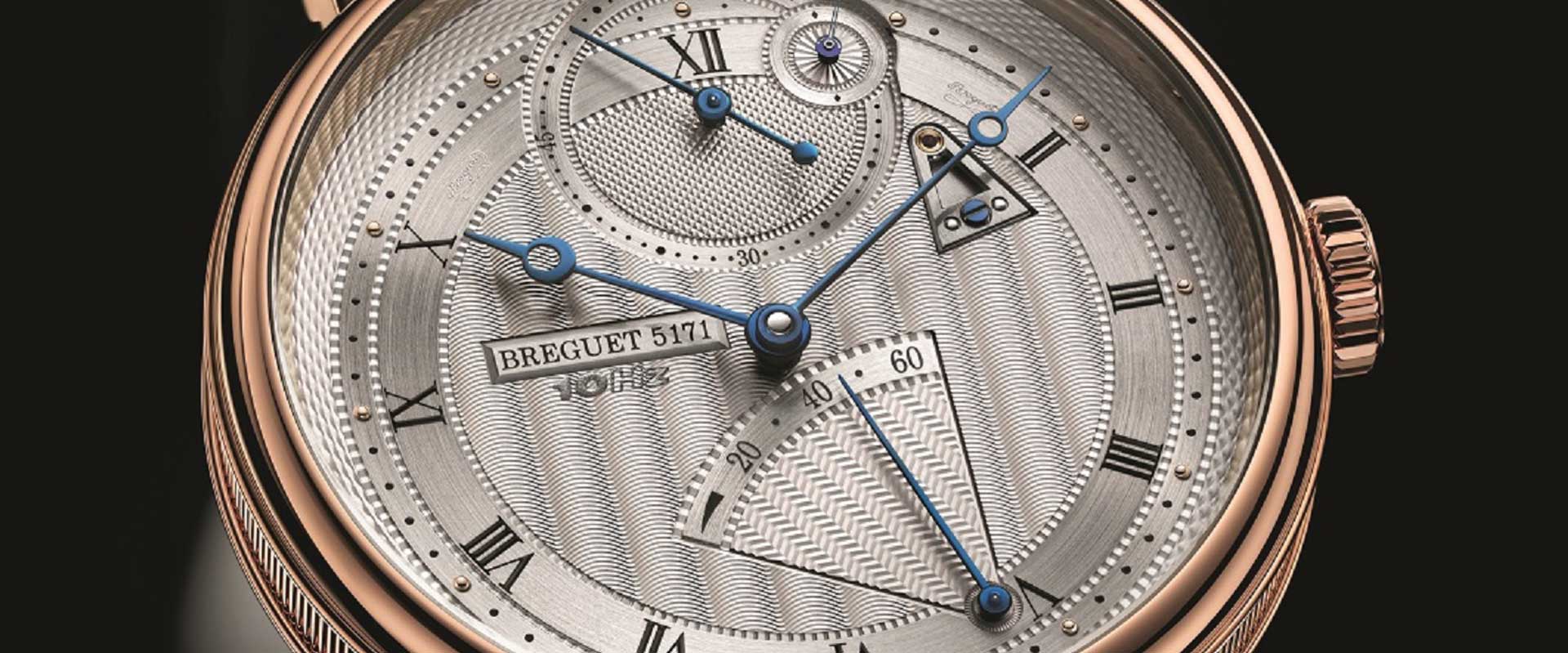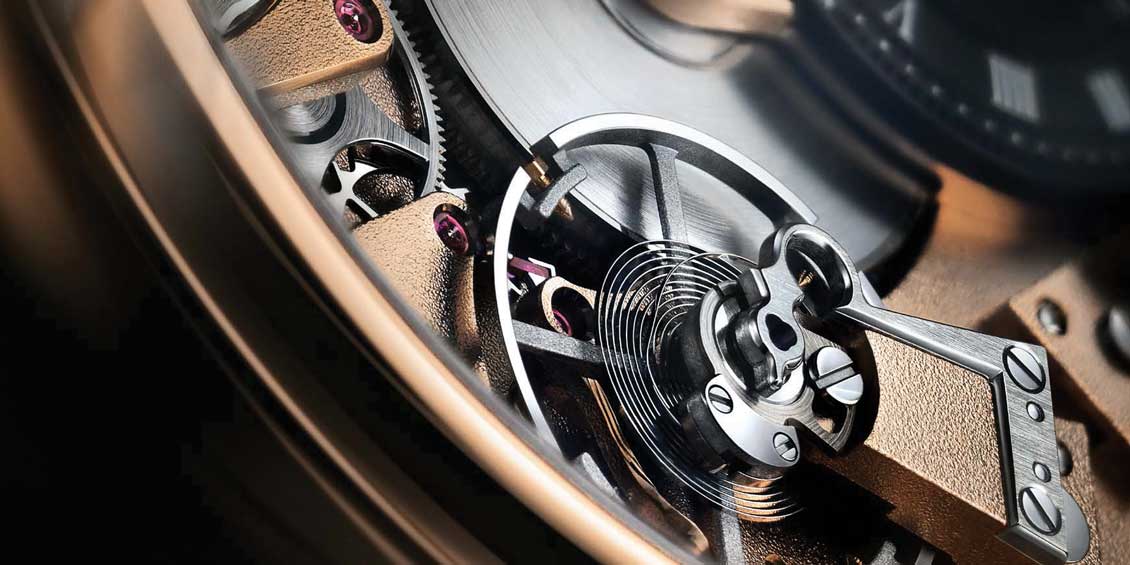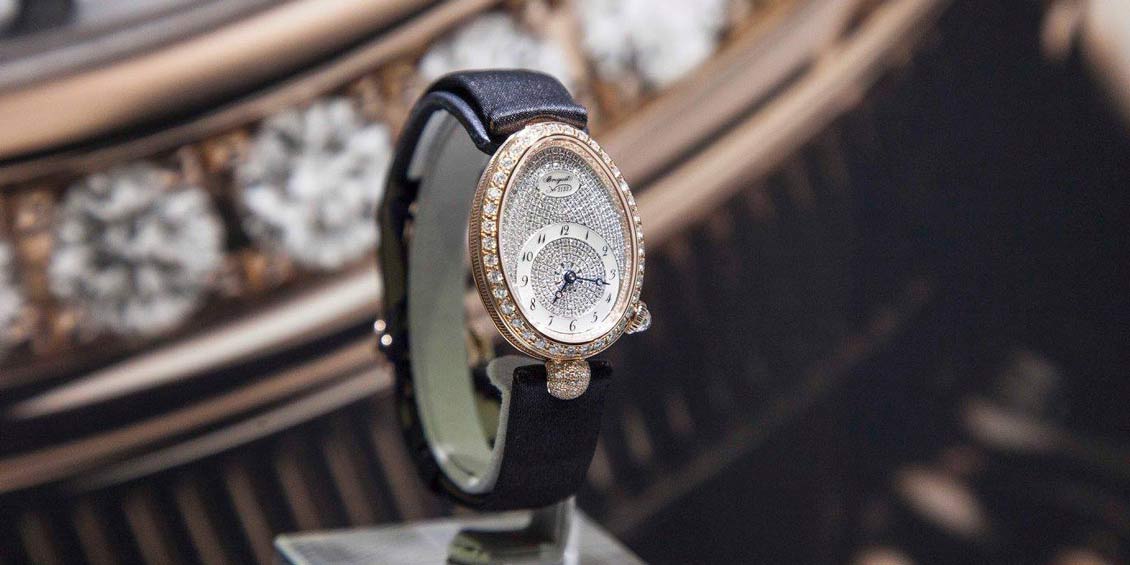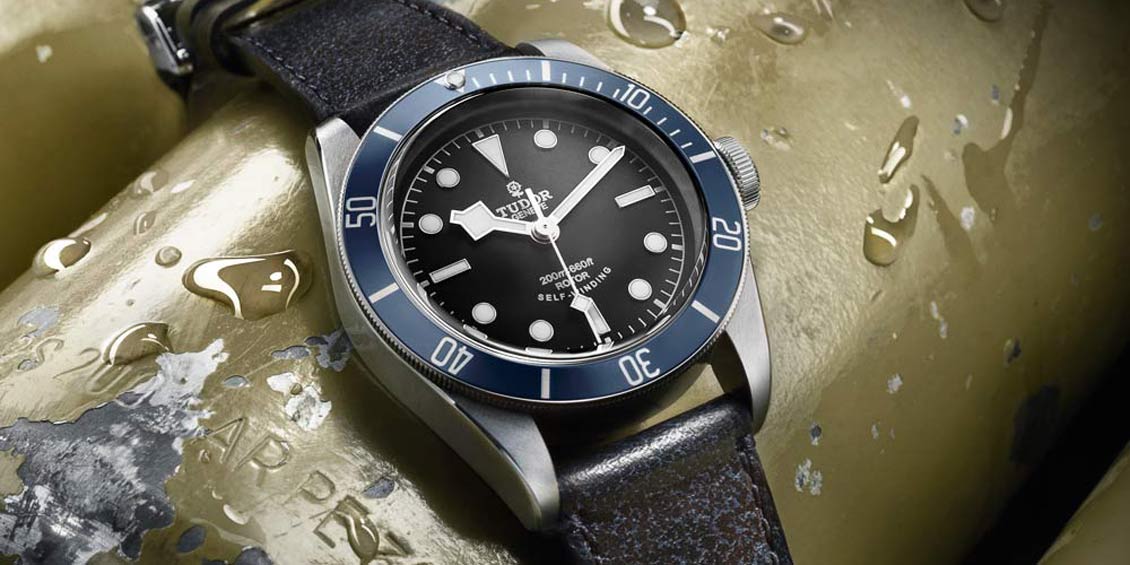BREGUET
INVENTOR OF THE TOURBILLON
27th November 2013
As a brand that represents a great historical and cultural heritage as well as avant-garde technology, Breguet has always had a fascinating ability to innovate. It owes its place in European cultural history to its prodigiously inventive founder, Abraham-Louis Breguet (1747-1823), and its position as a benchmark of Fine Watchmaking to its astonishingly skillful master watchmakers of today.
At a time when everybody – companies as much as individuals – seems keen to explore their roots, Breguet’s countless treasures illustrate the most beautiful history that any watchmaking brand could wish to have.

Born in Neuchâtel, Switzerland, in 1747, Abraham-Louis Breguet spent much of his life in Paris where many of his important creations were produced. He worked simultaneously in all the areas of watchmaking, beginning his career with a series of masterly inventions: the automatic watch, referred to as “a perpetual”, the gong spring for repeater watches, and the first shock-absorber device, the “pare-chute”.
Breguet watches contained original movements, with anchor or cylinder escapements, that were constantly improved. King Louis XVI and Queen Marie-Antoinette were among his clients. When the dark hours of the French revolution arrived, Breguet returned to his native city, taking a host of inventions with him. These included the Breguet balance spring, the first travelling clock – which was sold to Napoleon – the “sympathique” clock, the tactile watch, and the tourbillon, an indisputable demonstration of his genius. This new type of regulator was recognised with a patent from the French Minister of the Interior on 26 June 1801 or, rather, 7 Messidor Year 9 since the Republican calendar was still in force.
Breguet was admired in all the Royal courts of Europe and became the principal watchmaker of the elite in the worlds of diplomacy, science, finance and the military. For his most prestigious clients he created special pieces, including the very first wristwatch, produced in 1810 for Caroline Murat, Queen of Naples.
He was showered with honours and became a member of the Office of Longitudes and Horology of the Royal French Navy. He also entered the Academy of Sciences and received the Legion of Honour from King Louis XVIII. At his death in 1823, he was eulogised as a man whose genius had revolutionised every aspect of timekeeping.
Inventor of the Tourbillon…
On June 26th 1801 the French Minister of the Interior awarded Abraham-Louis Breguet a patent for the invention of the tourbillon. This new type of regulator was developed in response to a longstanding problem: the fact that gravity exercises a detrimental effect on the regularity of a movement by generating variations in rate.
Breguet understood that in order to reduce such errors, he would need to install the entire escapement within a mobile carriage that would perform a complete rotation, generally in one, four or six minutes. The regular repetition of the variations would allow them to compensate for each other.
This supremely ingenious invention turned out to be exceedingly difficult to produce, and of all Breguet’s brilliant ideas, was undoubtedly the toughest to implement. One of the reasons behind this daunting task relates to the weight of the tourbillon, which must be sufficiently light at no more than one gram, and yet also robust, so as to avoid inducing rating errors rather than eliminating them. This inherent difficulty was compounded by that of finishing the over 70 tiny parts that must fit and mesh together with absolute precision. Making a tourbillon was not within reach of all watchmakers, and only the finest proved capable of producing one after the 10-year patent had expired.

From Renaissance to Permanence
n 1999, when the late Nicolas G. Hayek took control of Breguet, this jewel of Fine Watchmaking was in hibernation. His genuine passion breathed new life into the brand whose exceptional heritage and expertise was recognised by all the great names in the industry. He had the vision to restore Breguet to greatness by reviving its cultural and emotional dimensions. A new chapter in the Breguet story began, taking on daring challenges in its commitment to continue creating beautiful treasures through the fusion of art, beauty and technology. In 2003, a new Breguet Manufacture capable of achieving its ambitions was opened. 3 years later an extension was added and in 2011 a new enlargement project was launched that will be completed in 2013. 2011 also saw the company incorporate the watch case manufacturer, Favre et Perret to form a new entity, Montres Breguet, Manufacture de boîtes.
King Louis XVI and Queen Marie-Antoinette were among his clients.
Meanwhile, the recruitment of highly qualified watchmakers was accelerated, together with the training programme in which specialists who excelled in particular arts or crafts handed on the brand’s centuries of expertise. The company invested regularly in the latest control technology and in Research & Development. Nicolas G. Hayek placed great emphasis on research and notably initiated work on new materials with the application of silicon in watchmaking. Under his leadership, Breguet developed and filed a remarkable number of new patents and it continues to do so under its new President, Marc A. Hayek. The Manufacture also achieved the feat of developing a new movement every year, several of which were truly revolutionary. Its ability to innovate has firmly established Breguet as a benchmark in contemporary Fine Watchmaking, in addition to the unique position it already held as part of Europe’s cultural heritage.

Traditional Values
It is not only connoisseurs who understand that owning a Breguet means owning something exceptional. For many people, the originality and timeless style of the watches expresses a philosophy and an identity that clearly sets them apart. Their simple lines, their refinement and their special Breguet features delight collectors and all lovers of the brand. The famous Breguet hands in blued steel with the off-centre, openwork “moon” tip have graced its watches for more than 200 years. Fluted casebands have also been an integral part of the restrained “Breguet style.” One of its most precious attributes is the manually engine-turned dials of its watches since 1786. Today more than ever under its President and CEO Marc A. Hayek, Breguet is committed to respecting the legacy of its founder. The company offers an increasingly fascinating range of timepieces that combine refined design with technical complications.
CONTINUE READING
AW13 MEN'S LUXURY WATCH EDIT
The definitive directory of what you should be wearing on your wrist right now.
ROX PRESENTS… THE INAUGURAL BREGUET DINNER
To celebrate master watchmakers Breguet, VIP guests were invited to an evening celebrating haute horlogerie, expert craftsmanship and fine dining in the Thrill Room in Glasgow’s Argyll Arcade.
AW14 MENS LUXURY WATCH EDIT
The definitive directory of what you should be wearing on your wrist right now. Words by Alex Doak.



